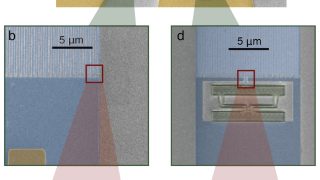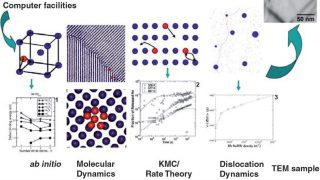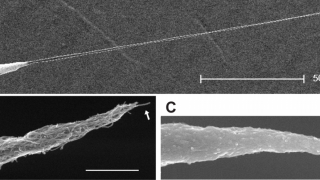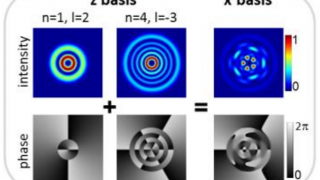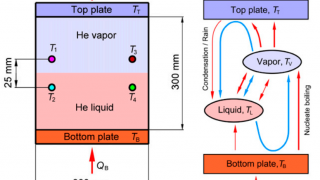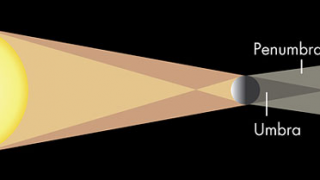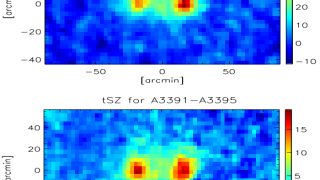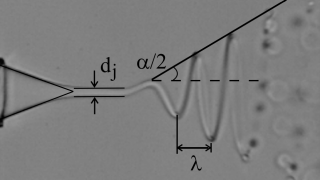
The whip of the electric jet
Everyone has heard the sound of the crack of a whip, at least in movies or TV serials like “El Zorro: The man with the whip” (1954). A shock wave is created by the supersonic motion of the tip of the whip in the air . Whipping is a typical fluid instability of an accelerating […]
